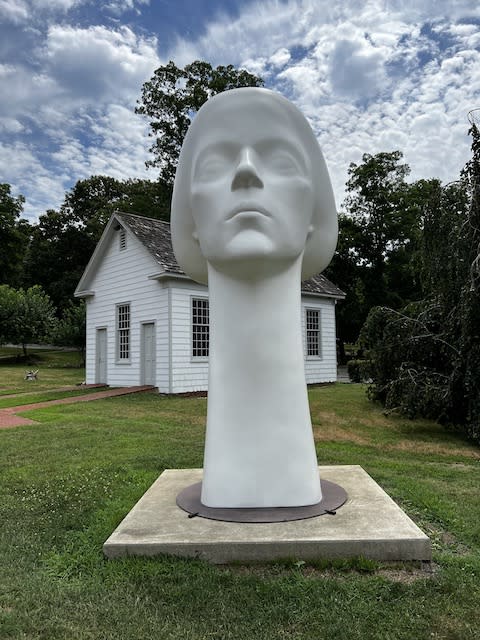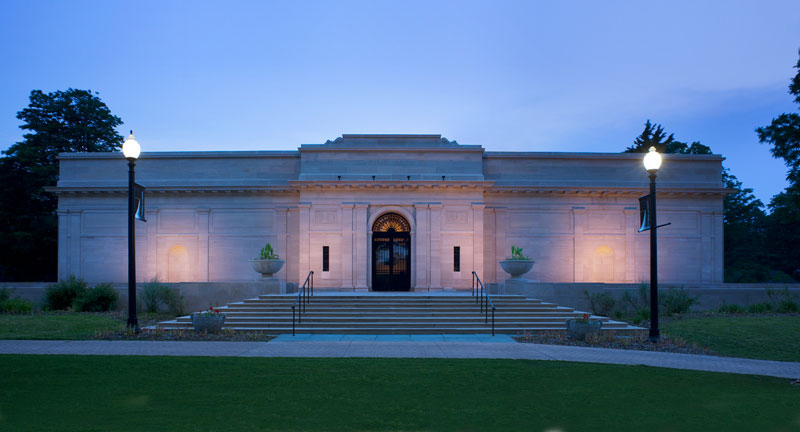Open the Doors to Background: The Long Island Museum Entrance Fee Information
Open the Doors to Background: The Long Island Museum Entrance Fee Information
Blog Article
Discover the Rich Background of Long Island at This Captivating Museum
Immersing oneself in the historical tapestry of Long Island introduces a story that extends centuries and weaves together a diverse selection of impacts. From the Indigenous American people that initially occupied the area to the colonial inhabitants that formed its very early structures, the layers of history at this fascinating museum provide a look right into a past age. As visitors traverse through exhibits outlining the Industrial Change's effect and Long Island's maritime tradition, a deeper understanding of the region's development starts to emerge. Remain tuned as we check out Long Island's contemporary age, dropping light on exactly how the previous proceeds to reverberate in the here and now.
Indigenous American Influences on Long Island
The Native American influences on Long Island have played a significant duty fit the area's cultural heritage and historic advancement. Long before European inhabitants showed up, the land now known as Long Island was inhabited by various Indigenous American people, consisting of the Massapequas, Montauketts, and Shinnecocks. These tribes lived off the land, angling in the plentiful waters bordering the island and growing the productive soil for farming.
The Native Americans on Long Island had an abundant spiritual and social tradition, obvious in their elaborate artwork, standard dancings, and oral narration. Their deep connection to the land is reflected for many communities and spots on Long Island, which stemmed from the languages of these aboriginal individuals.

Colonial Heritage and Early Settlements
With the arrival of European inhabitants, Long Island's landscape began to go through significant makeovers as early american heritage and early settlements settled in the area. The Dutch were amongst the initial Europeans to establish an existence on Long Island, with negotiations such as New Amsterdam (contemporary New york city City) playing a crucial function in the island's early american background. Later on, the English obtained control of the area, shaping the architectural and social landscape with the establishment of communities and towns.
Among one of the most notable early settlements on Long Island was Southampton, established in 1640 by English Puritans looking for spiritual flexibility. This marked the beginning of arranged European settlement on the island, leading the method for more expansion and growth. With time, even more villages and communities emerged, each with its very own unique personality and payment to Long Island's colonial heritage.
As these very early settlements expanded, they developed the structure for the diverse areas that feed on Long Island today. The colonial heritage of the area proceeds to be celebrated and preserved, supplying site visitors a look right into the past and a recognition for the rich background that shaped Long Island into what it is today.
Industrial Change and Maritime History
During a duration of profound transformation and technological innovation, Long Island's industrial revolution linked with its marine background, forming the region's economic landscape in unprecedented ways (The Long Island Museum map). The Industrial Transformation, which began in the late 18th century, brought significant modifications to Long Island's economy.
Maritime profession played a crucial function during this era, connecting Long Island to major ports in the USA and past. The island came to be a center for profession, inviting merchant vessels and fostering a dynamic delivery industry. Long Island's closeness to New York City likewise contributed to its financial prosperity, as products could quickly be delivered in between the 2 regions. Today, residues of Long Island's commercial and marine past can be explored at museums and historic sites, providing a glance right into the area's rich history.
Long Island in the Modern Age
Long Island's advancement in the modern-day era reflects a fusion of practice and development, forming its modern identity. As one of one of the most densely populated areas in the United States, Long Island has ended up being a center for varied industries, varying from modern technology and healthcare to fund and tourist (The Long Island Museum location). The island's distance to New York City has actually played a considerable function in its growth, with numerous travelers selecting to stay in its suburban neighborhoods
Over the last few years, Long Island has observed a surge in sustainable campaigns focused on protecting its all-natural beauty and combating climate change. The conservation of its coastal areas, such as the Fire Island National Seashore, highlights the island's dedication to ecological preservation. In Addition, Long Island's social scene has flourished, with art galleries, music locations, and theaters adding to its lively cultural landscape.
Moreover, the modern-day age has actually seen Long Island accept variety and incorporation, with an expanding populace of immigrants adding to its abundant tapestry of cultures. Generally, Long Island remains to advance, balancing its abundant background with contemporary progression to shape see it here a resistant and vibrant community.
Special Exhibitions and Forthcoming Occasions
Reflecting Long Island's dynamic social landscape and commitment to advancement, the museum is currently holding a series of special exhibits and excitedly prepares for upcoming events. One of the unique exhibits presently on screen is "Long Island Via the Ages," which traces the island's abundant background from its early aboriginal occupants to the existing day. This display showcases papers, multimedia, and artifacts discussions that provide a thorough check out the diverse heritage of Long Island.
Along with the continuous special events, the museum is tailoring up for an amazing schedule of upcoming events. Site visitors can expect a lecture collection featuring popular historians and local professionals reviewing numerous elements of Long Island's background. There will certainly also be hands-on workshops where attendees can learn conventional crafts and skills that have actually been passed down through generations on the island.
These unique exhibitions and upcoming occasions not only improve the gallery experience however additionally act as a testament to Long Island's lively social tapestry and the gallery's dedication to preserving and sharing its heritage with the community. The Long Island Museum location.
Conclusion
Finally, the gallery offers a thorough consider the abundant background of Long Island, from Indigenous American influences to early american heritage, industrial change, and modern age growths. With unique exhibits and upcoming occasions, site visitors can delve much deeper right into the varied cultural and historical facets of the region. Whether you're a background fanatic or simply interested about Long Island's past, this gallery gives a fascinating experience for all.
Lengthy prior to European settlers arrived, the land currently recognized as Long Island was populated by various Indigenous American people, consisting of the Massapequas, Montauketts, and Shinnecocks. The Dutch were amongst the first Europeans to establish an existence on Long Island, with negotiations such as New Amsterdam (contemporary New York City) playing an essential duty in the island's early american background. Today, remnants of Long Island's commercial and naval past can be checked out at galleries and historical websites, using a look right into the region's rich background.

Please visit one of our local supporters - The Modern Medicare Agency Local Medicare Agent
Report this page